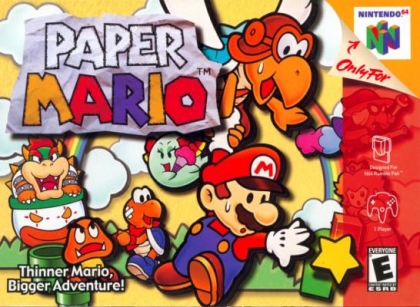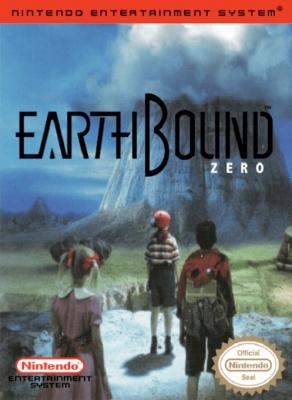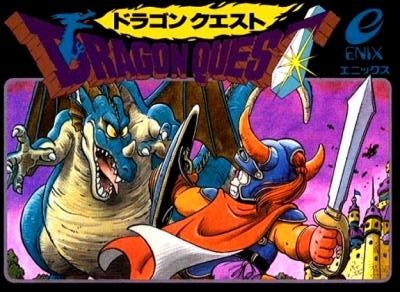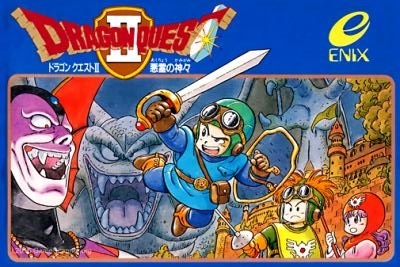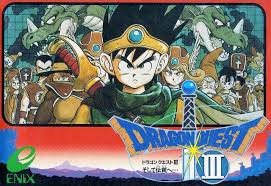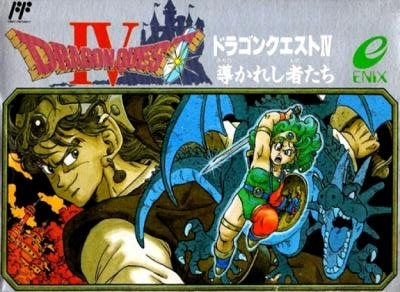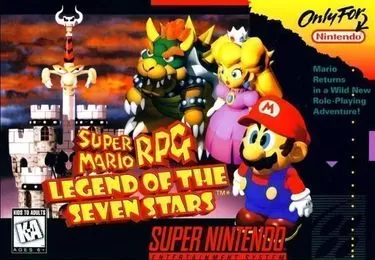
Super Mario RPG: Legend of the Seven Stars
Super Mario RPG: Legend of the Seven Stars is a 1996 role-playing game developed by Square and published by Nintendo for the Super Nintendo Entertainment System. This groundbreaking collaboration blends Mario's platforming world with Square's RPG expertise, featuring an original story where Mario teams with Bowser and new allies to recover seven stars from the villain Smithy.
Controls
About This Game
The game revolutionized RPG mechanics with its timed-hit battle system, combining traditional turn-based combat with action commands that boost damage when executed perfectly. It introduced platforming elements like jumping puzzles and isometric 3D environments rendered through advanced Mode 7 graphics.
Super Mario RPG features five playable characters including original creations Geno (a warrior doll) and Mallow (a cloud prince), each with unique abilities that solve environmental puzzles. The game's humor, minigames, and hidden secrets became series hallmarks.
As the first RPG in the Mario franchise, it spawned multiple successor series (Paper Mario, Mario & Luigi) and remains a cult classic, praised for its innovative hybrid gameplay, charming story, and Yoshihiko Maekawa's vibrant soundtrack.
Related Games
Paper Mario
2000
RPGA revolutionary paper-style RPG! As paper-thin Mario, team up with partners like Goombario to rescue Peach from Bowser using timed-action battles and paper transformations.
EarthBound
1989
RPGEarthBound, known as Mother in Japan, is a role-playing video game developed by Ape Inc. and HAL Laboratory, and published by Nintendo. The game follows Ness, a young boy with psychic abilities, and his friends as they journey across the world to collect melodies and defeat the cosmic horror Giygas.
Dragon Quest
1986
RPGThe game that defined Japanese RPGs, Dragon Quest (known as Dragon Warrior in North America initially) introduced core mechanics that became genre staples: turn-based combat, experience points, and equipment progression.
Dragon Quest II: Luminaries of the Legendary Line
1987
RPGThe first JRPG sequel expands the adventure with three playable descendants of Erdrick. Journey across continents to defeat the malevolent Hargon in this groundbreaking title that introduced party mechanics and ship travel to the genre.
Dragon Quest III: The Seeds of Salvation
1988
RPGThe epic conclusion to the Erdrick Trilogy, Dragon Quest III follows a young hero destined to defeat the archfiend Baramos. Featuring a revolutionary class system and expansive world, it set new standards for JRPGs and remains one of the most influential games in the genre.
Dragon Quest IV: Chapters of the Chosen
1990
RPGDragon Quest IV is a landmark JRPG that introduced a revolutionary chapter-based narrative structure. The game follows multiple protagonists whose stories eventually converge in an epic quest to save the world from the evil Necrosaro.
